| ||||||||||||||||||
| ||||||||||||||||||
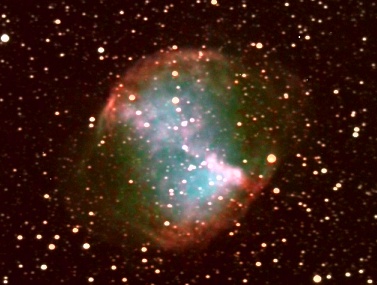
| The Dumbbell Nebula (M27): This is a planetary nebula, or in layman's terms, a star that blew up. What you see is the debris left over from the explosion. It is located about 3,500 light years away from us. If a nearby star were ever to explode like this, we would be toast! This is a composite of a color image using a Canon D60 digital SLR, and a grayscale image taken with an SBIG ST-7XME. |
| M76, The Little Dumbbell, again a planetary. |
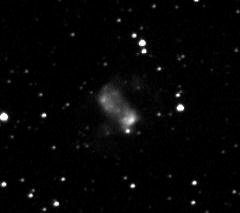
|
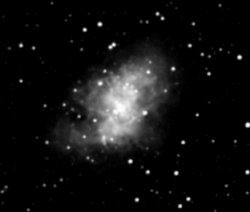
| This is M1, the Crab Nebula. It is called M1 because it was the first object to be put on Charles Messier's (M is for Messier) now famous list of fuzzies in the sky that he compiled in the 1700s. It is a remnant of a supernova. This is also the first deep-sky image I took from my new observatory. It is a sum of nine 60 second exposures. |
| The Ring Nebula (M57), is also planetary nebula. You can see the star that caused the explosion in the center of the nebula. |
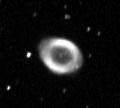
|
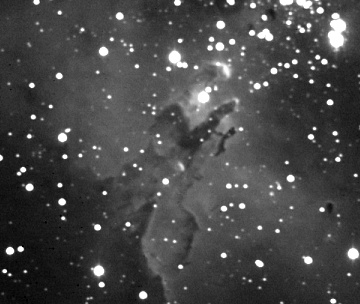
| The Eagle Nebula (M16): Recently made famous by a Hubble Space Telescope image of the Eagle's head, this emission nebula is quite interesting with many tendrils of dust and gas that are working to form new stars. |
| Swan or Omega or Horseshoe Nebula (M17): Can you see the resemblance to a Swan? The body of the Swan goes from the lower left to the upper right, with the head in the left-center portion of the image. I personally don't think it looks much like a horseshoe or an omega, but maybe when viewed visually it looks closer to one of those. This is an emission nebula approximately 3,000 light years away. |
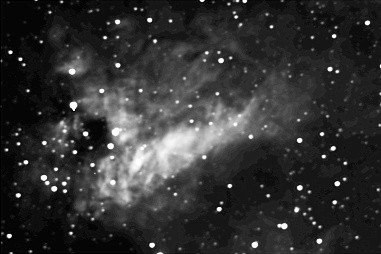
|
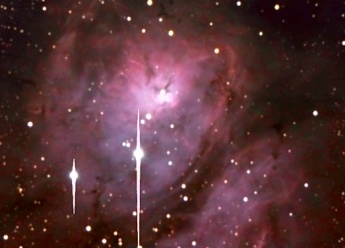
| M8, the Lagoon Nebula: this is an emission nebula located approximately 4,500 light years away in the constellation Sagittarius. This is a composite of a color image taken with a Canon D60 digital SLR, and a deep greyscale image taken with an ST-7XME. |
| The Horsehead Nebula (B33): This is a dark nebula, which is something opaque (like dust) in front of something that emits light. This image you see is a sum of about a dozen four-minute exposures, for a total exposure time of close to an hour! |
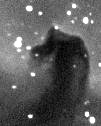
|
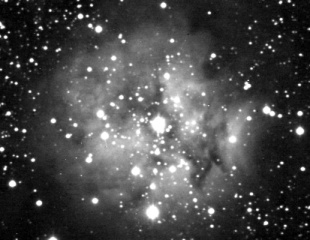
| IC5146, the Cocoon Nebula. |
| Whirlpool Galaxy (M51): One of the most famous spiral galaxies. I love the intricate detail in the arms - it is objects like this one that drive amateur astronomers to spend huge sums of money on larger telescopes. |
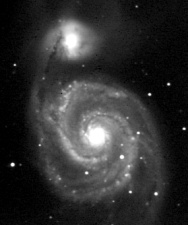
|
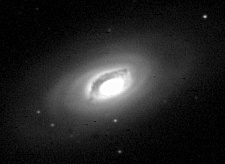
| Black Eye Galaxy (M64): This is a spiral galaxy that has a dust lane draped between it and us. The galaxy lies about 23 million light years away. |
| M81, a spiral galaxy, lies about 12 million light years away. If you look closely, you can see the faint spiral arms to the left and the right of the nucleus. In 1993, a bright supernova occured in this galaxy, attracting quite a bit of attention. (It has since dimmed, and is not visible in this image.) This galaxy resides in the constellation of Ursa Major, not far from the Big Dipper. |
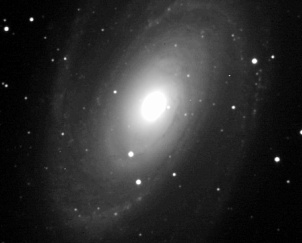
|
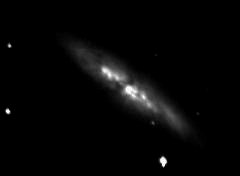
| M82, is an irregular galaxy. It lies very close in the sky to M81 (see above). |
| Q0957+561 A&B: This one is special. The double star you see near the middle is the 'Twin Quasar' in Ursa Major. It is actually a single galaxy, 5 to 6 billion light years away from us, that appears to be double because its light has been gravitationally lensed ('bent') by a foreground galaxy (not visible here). This is one of the most distant objects I can see. |
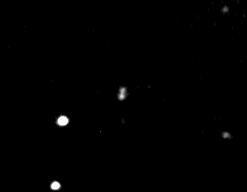
|
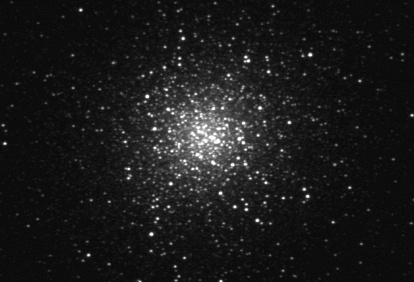
| M13, the Hercules Cluster. This is a globular star cluster about 21,000 light years away from us. Notice how it is more compact than Omega Centauri (below). |
| Omega Centauri (NGC 5139): This is probably the brightest and most spectacular globular star cluster visible in the sky. It lies about 17,000 light years away from us and is made up of thousands of stars (any volunteers to count them?). This object lies in the southern sky, but is just visible over my southern horizon during certain times of the year. |
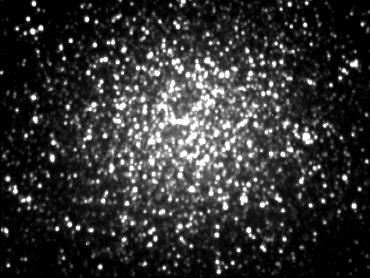
|
Why don't you head on to my Observatory & Tech Info page now?
Or, you can go back to my main astronomy page for lots more good images!
Comments? Questions? Click here to send email to me, Fred Bruenjes.
All text and images are © 1995-2001 Manfred Bruenjes - All Rights Reserved. Image inlining is strictly prohibited. Email for permission before using an image or text.